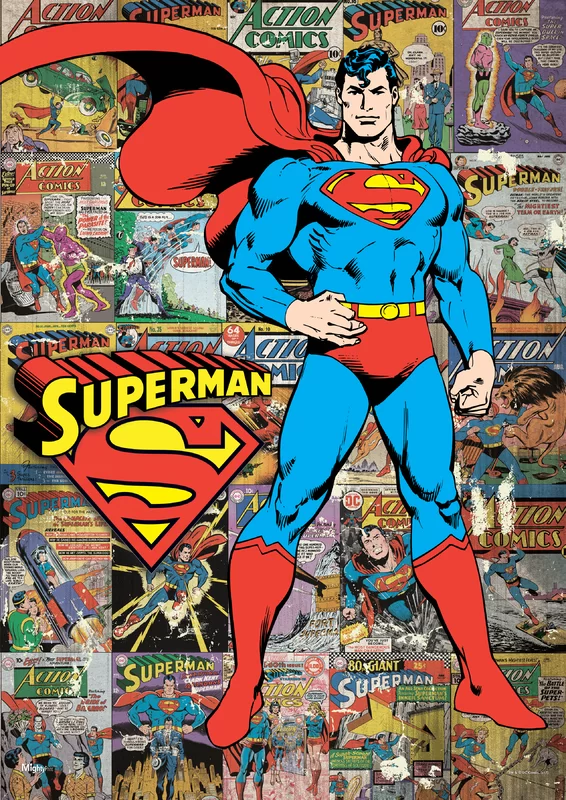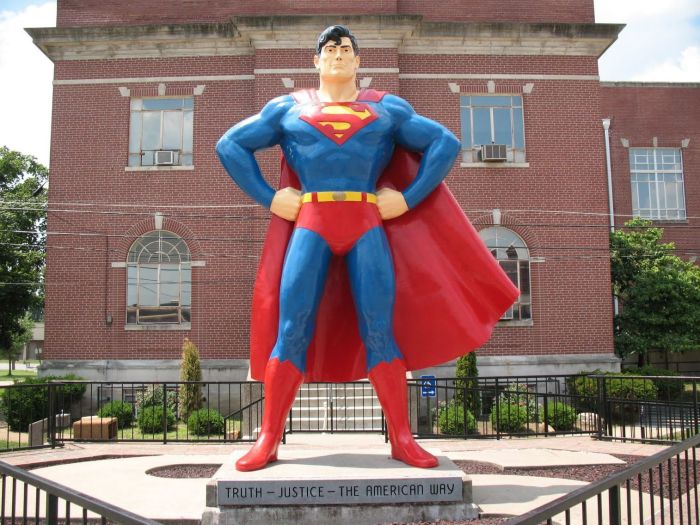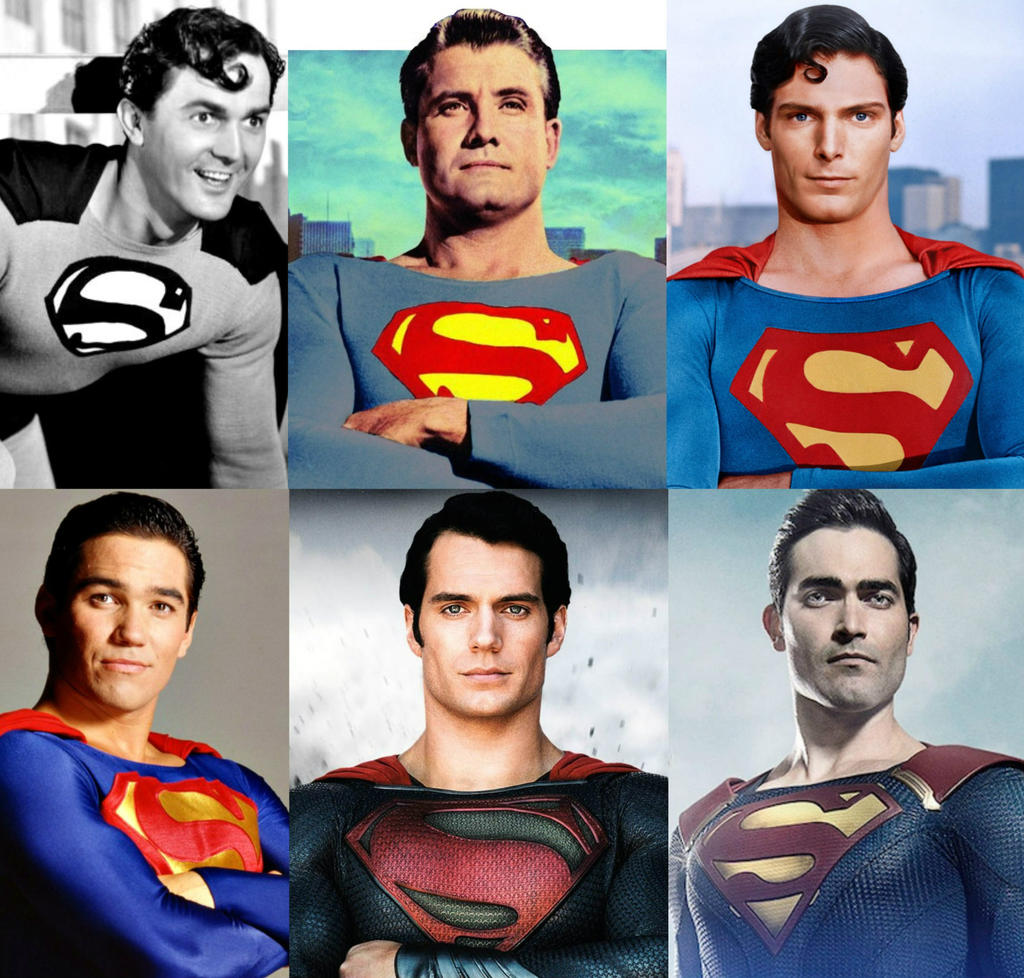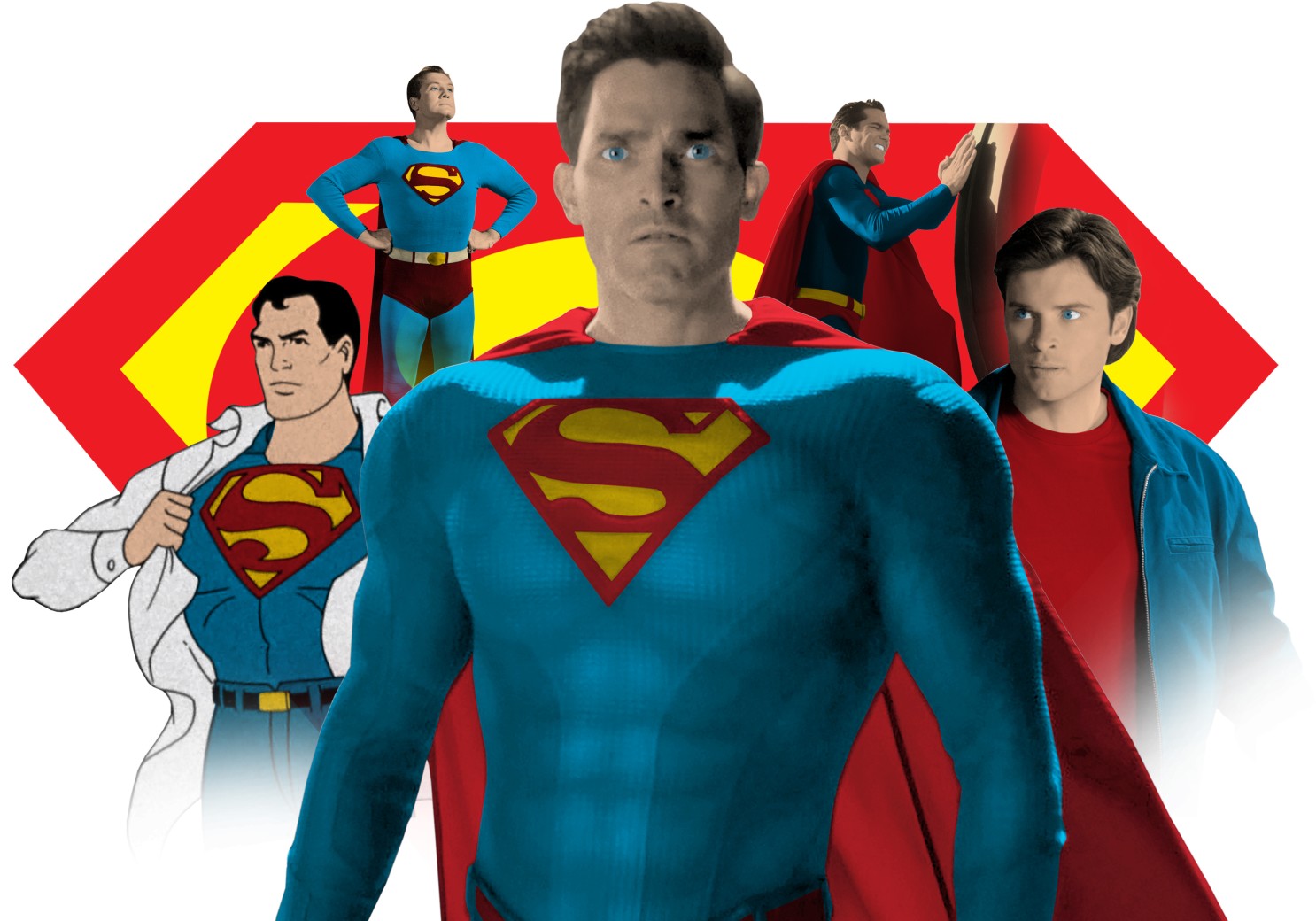
|
|

Jerry Siegel
Jerry Siegel was born in Cleveland, Ohio on October 17, 1914, Ohio, the youngest of six children of Jewish immigrants from Lithuania, Sarah and Mitchell Siegel. He was preceded by sisters Minerva and Roslyn, both in Lithuania, and brothers Harry and Leo and sister Isabel. His father was a sign painter who opened a haberdashery and encouraged his son's artistic inclinations. Mitchell died of a heart attack brought on by the robbery of his store, when Jerry was in junior high school. Siegel was a fan of movies, comic strips, and especially science fiction pulp magazines. He became active in what would become known as fandom, corresponding with other science fiction fans, including the young future author Jack Williamson. In 1929, Siegel published what might have been the first SF fanzine, Cosmic Stories, which he produced with a manual typewriter and advertised in the classified section of Science Wonder Stories. He published several other booklets over the next few years.
Siegel attended Glenville High School in Cleveland, Ohio and worked for its weekly student newspaper, The Torch. He was a shy, not particularly popular student, but he achieved a bit of fame among his peers for his popular Tarzan parody, "Goober the Mighty." At about age 16, while at Glenville, he befriended his later collaborator, Joe Shuster. Siegel described his friendship with the similarly shy and bespectacled Shuster: "When Joe and I first met, it was like the right chemicals coming together."
The writer-artist team broke into comics with Major Malcolm Wheeler-Nicholson's landmark New Fun, debuting with the musketeer swashbuckler "Henri Duval" and the supernatural-crimefighter strip Doctor Occult in issue No. 6 (Oct. 1935).
Siegel and Shuster created a bald telepathic villain referred to as "the Superman", bent on dominating the entire world. He appeared in the short story "The Reign of the Superman" from Science Fiction No. 3, a science fiction fanzine that Siegel published in 1933. Tossing and turning in bed one night in 1934, he thought of the more familiar character by that name. Siegel and Shuster then began a four-year quest to find a publisher. Titling it The Superman, Siegel and Shuster offered it to Consolidated Book Publishing, who had published a 48-page black-and-white comic book entitled Detective Dan: Secret Operative No. 48. Although the duo received an encouraging letter, Consolidated never again published comic books. Shuster took this to heart and burned all pages of the story, the cover surviving only because Siegel rescued it from the fire. Siegel and Shuster each compared this character to Slam Bradley, an adventurer the pair had created for Detective Comics No. 1 (March 1937). In 1938, after that proposal had languished among others at More Fun Comics — published by National Allied Publications, the primary precursor of DC Comics — editor Vin Sullivan chose it as the cover feature for National's Action Comics No. 1 (June 1938). The following year, Siegel & Shuster initiated the syndicated Superman comic strip. Siegel also created the ghostly avenger The Spectre during this same period.
As part of the deal which saw Superman published in Action Comics, Siegel and Shuster sold the rights to the company in return for $130 and a contract to supply the publisher with material.
Siegel and Shuster's status as children of Jewish immigrants is also thought to have influenced their work. Timothy Aaron Pevey has argued that they crafted "an immigrant figure whose desire was to fit into American culture as an American", something which Pevey feels taps into an important aspect of American identity.
In 1946, Siegel and Shuster, nearing the end of their 10-year contract to produce Superman stories, sued National over rights to the characters. In 1947, the team had rejoined editor Sullivan, by now the founder and publisher of the comic-book company Magazine Enterprises; there they created the short-lived comical crime-fighter Funnyman. Siegel went on to become comics art director for publisher Ziff-Davis in the early 1950s, and later returned to DC to write uncredited Superman stories in 1959 under the control of Silver Age Superman editor Mort Weisinger. When he sued DC over the Superman rights again in 1967, his relationship with the hero he had co-created was again severed.
Siegel's later work would appear in Marvel Comics, where under the pseudonym "Joe Carter" he scripted the "Human Torch" feature in Strange Tales #112–113 (Sept.-Oct. 1963), introducing the teenaged Torch's high school girlfriend, Doris Evans; and, under his own name, a backup feature starring the X-Men member Angel, which ran in Marvel Tales and Ka-Zar. Siegel wrote as well during this time for Archie Comics, where he created campy versions of existing superheroes in Archie's Mighty Comics line; Charlton Comics, where he created a few superheroes; and even England's Lion, where he scripted The Spider. In 1968, he worked for Western Publishing, for which he wrote (along with Carl Barks) stories in the Junior Woodchucks comic book. In the 1970s, he worked for Mondadori Editore (at that time the Italian Disney comic book licensee) on its title Topolino, listed in the mastheads of the period as a scriptwriter ("soggettista e sceneggiatore").
With the advent of comic collecting becoming a national hobby, and the proliferation of comic conventions starting in 1968, Siegel & Shuster again regained the public eye and in 1975, the two once again sued DC for royalties to Superman. Though they courts deemed that DC was not bound to any remuneration toward the pair, DC did decide (with prodding from publisher/editor Carmine Infantino) to give them $35,000 each a year for the rest of their lives. Though in some ways generous, it seems a paltry sum compared to the tens of millions (maybe hundreds of millions) made by DC since 1938.
In the 1980s, Siegel would work with Val Mayerik on his new comic called The Starling, which appeared in the pages of Destroyer Duck. Around this time, he also wrote some comics for Aardvark-Vanaheim.
In 1985, DC Comics named Siegel as one of the honorees in the company's 50th anniversary publication Fifty Who Made DC Great. Siegel was invited in 1986 by DC Comics' editor Julius Schwartz to write an "imaginary" final story for Superman, following Marv Wolfman's Crisis on Infinite Earths limited series and before John Byrne's The Man of Steel miniseries, which reintroduced Superman. Siegel declined, and the story was instead given to writer Alan Moore, and published in September 1986 in two parts entitled "Whatever Happened to the Man of Tomorrow?" published in Superman No. 423 and Action Comics No. 583.
Sadly, Siegel passed away on January 28, 1996 in Los Angeles.




